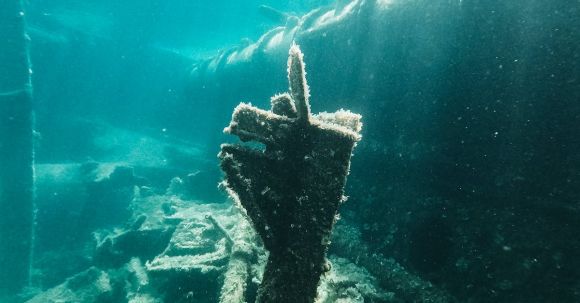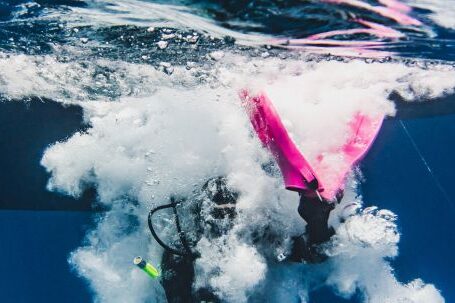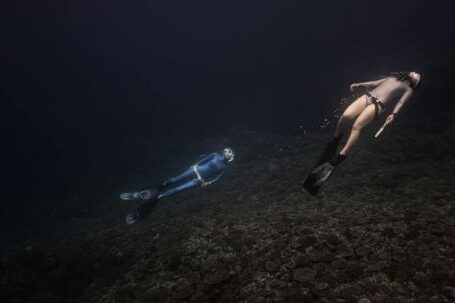Imagine exploring the mysterious depths of the ocean, surrounded by the remnants of history. Shipwrecks are not only intriguing but also provide a unique opportunity for divers to experience an adventurous journey unlike any other. In this article, we will guide you on how to dive famous shipwrecks and make the most out of your underwater adventure.
Research and Choose the Right Shipwreck
Before embarking on your dive, it is essential to research and choose the right shipwreck that suits your interests and skill level. There are countless shipwrecks around the world, each with its own story and allure. Some famous shipwrecks include the RMS Titanic, the SS Thistlegorm, and the USS Oriskany. Take the time to learn about the history, depth, and condition of the wreck to ensure a safe and enjoyable experience.
Prepare Physically and Mentally
Diving shipwrecks requires physical and mental preparation. Ensure you are in good physical condition by engaging in regular exercise and maintaining a healthy lifestyle. Additionally, practice your diving skills regularly to improve your comfort and confidence underwater. Mentally, prepare yourself for the unique challenges that come with diving shipwrecks, such as limited visibility and potential hazards. Stay calm, focused, and aware of your surroundings at all times.
Obtain the Necessary Certifications and Training
To dive shipwrecks, it is crucial to have the necessary certifications and training. Depending on the depth and complexity of the wreck, advanced certifications such as wreck diving or deep diving may be required. These certifications will equip you with the knowledge and skills to navigate through the wreckage safely. Additionally, consider taking specialized courses that focus on underwater photography or artifact preservation to enhance your experience and contribute to marine conservation efforts.
Gear Up Properly
Properly equipping yourself for a shipwreck dive is essential for your safety and comfort. Ensure you have a well-fitting wetsuit or drysuit, depending on the water temperature. Use a high-quality mask, fins, and snorkel that provide a comfortable fit and optimal visibility. It is also important to have a reliable dive computer, underwater flashlight, and a backup light source. Consider bringing a camera to capture the mesmerizing sights and document your adventure.
Plan and Execute Your Dive
When planning your dive, consider factors such as tides, currents, and weather conditions. Consult local experts or dive operators for guidance and to ensure you have the most up-to-date information. Create a dive plan, including the entry and exit points, navigation routes, and any specific points of interest you wish to explore. During the dive, maintain good buoyancy control to avoid damaging the wreck or disturbing marine life. Respect the environment and adhere to responsible diving practices.
Immerse Yourself in the History
As you descend into the depths of the shipwreck, take a moment to immerse yourself in the history that surrounds you. Explore the remnants of the vessel, imagining the lives of those who once sailed on it. Look for artifacts, such as anchors, cannons, and cargo, that provide a glimpse into the past. Take photographs or videos to capture the beauty and mystery of the underwater world. Remember to leave everything as you found it, preserving the wreck for future divers to enjoy.
In conclusion, diving famous shipwrecks offers a thrilling and enriching experience for adventurous divers. By conducting thorough research, preparing physically and mentally, obtaining the necessary certifications, and equipping yourself properly, you can ensure a safe and memorable dive. Plan your dive carefully, immerse yourself in the history, and enjoy the unique perspective that shipwreck diving provides. So, grab your gear, dive into the depths, and embark on an unforgettable underwater adventure.





